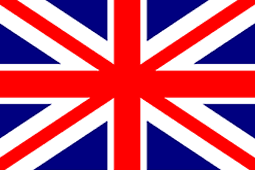Bullet Journal Ideas - How to Use Watercolour Paper in Your Bullet Journal
The quality of the paper is the most important aspect of watercolour painting. It’s even more important than the quality of the paints themselves. This is because the thicker the paper, the more paint it can carry, which creates the ‘bleed’ that is a key feature of watercolour painting.
The thing I really like about watercolour is that the transparency of the paint allows the texture of the paper to show through.
This is another thing that gives watercolour painting its distinct feel. Different watercolour paper stock can hold different amounts of water. The heavier the paper is, the more water it will hold and the more it will allow for the colours to be layered on top of each other without becoming too wet.

Bullet journal notebooks are usually made of paper that is of standard thickness. So it’s important not to saturate this paper with too much ink. Sometimes, when you draw very detailed illustrations, you end up using so much ink that the paper becomes soggy and turns wrinkly. To make sure this doesn’t happen, you could use watercolour paper, which will allow you to use as much ink as you’d like, and then cut out your painting and stick it in your bullet journal.
1. Watercolour Collage
Use watercolour paper for hand-painted collage elements. Because paintings that are small enough to fit into your BuJo will have a lot of detail on a small area of paper, they will require thick paper. Small landscape paintings, for example, can have a high density of paint in a small area. If they’re painted on standard paper, the paper will become soggy and will wrinkle. So, for best results, use a high-quality, thick watercolour paper.

2. Create a vintage stained effects
The thickness of watercolour paper makes it a great paper for tearing. Tearing it leaves attractive burred edges, which you can use to create a historical feel. Make sepia-toned paper by painting around the edges of a piece of watercolour paper with a pale brown colour. After you’ve written or drawn on it, carefully tear the edges and paste it into your journal.





